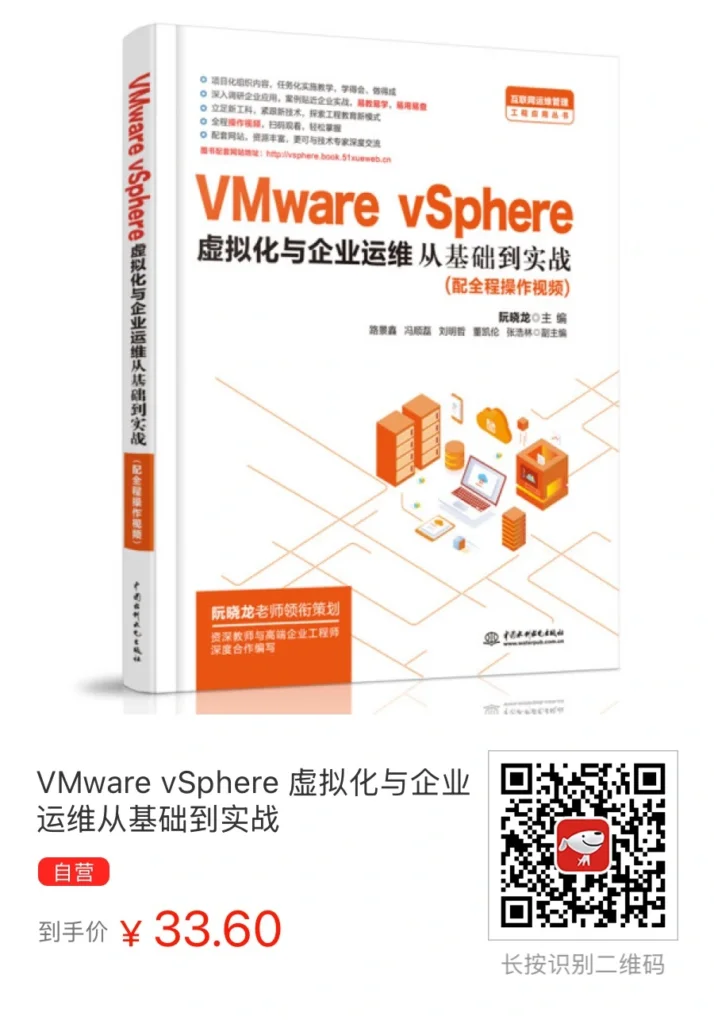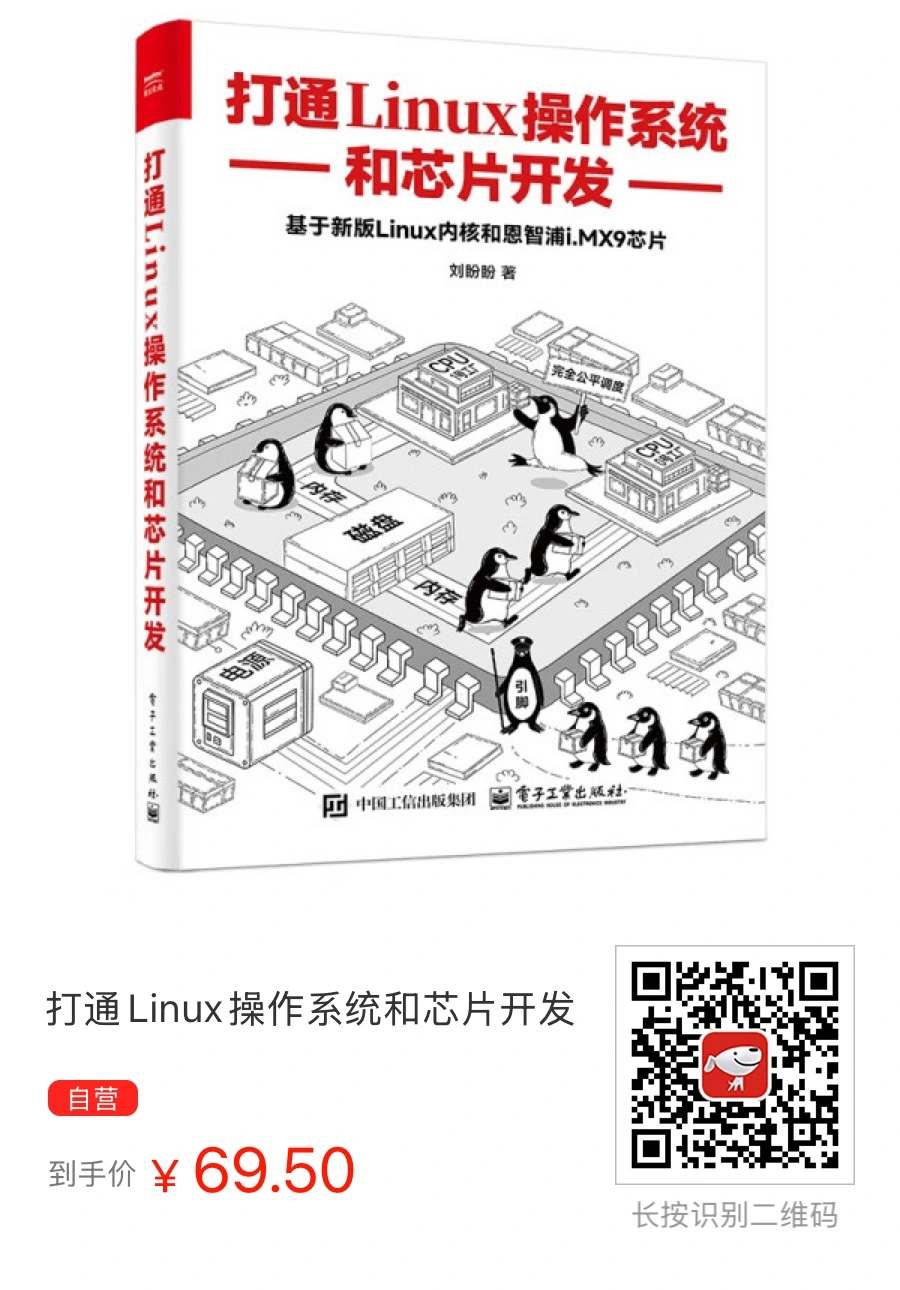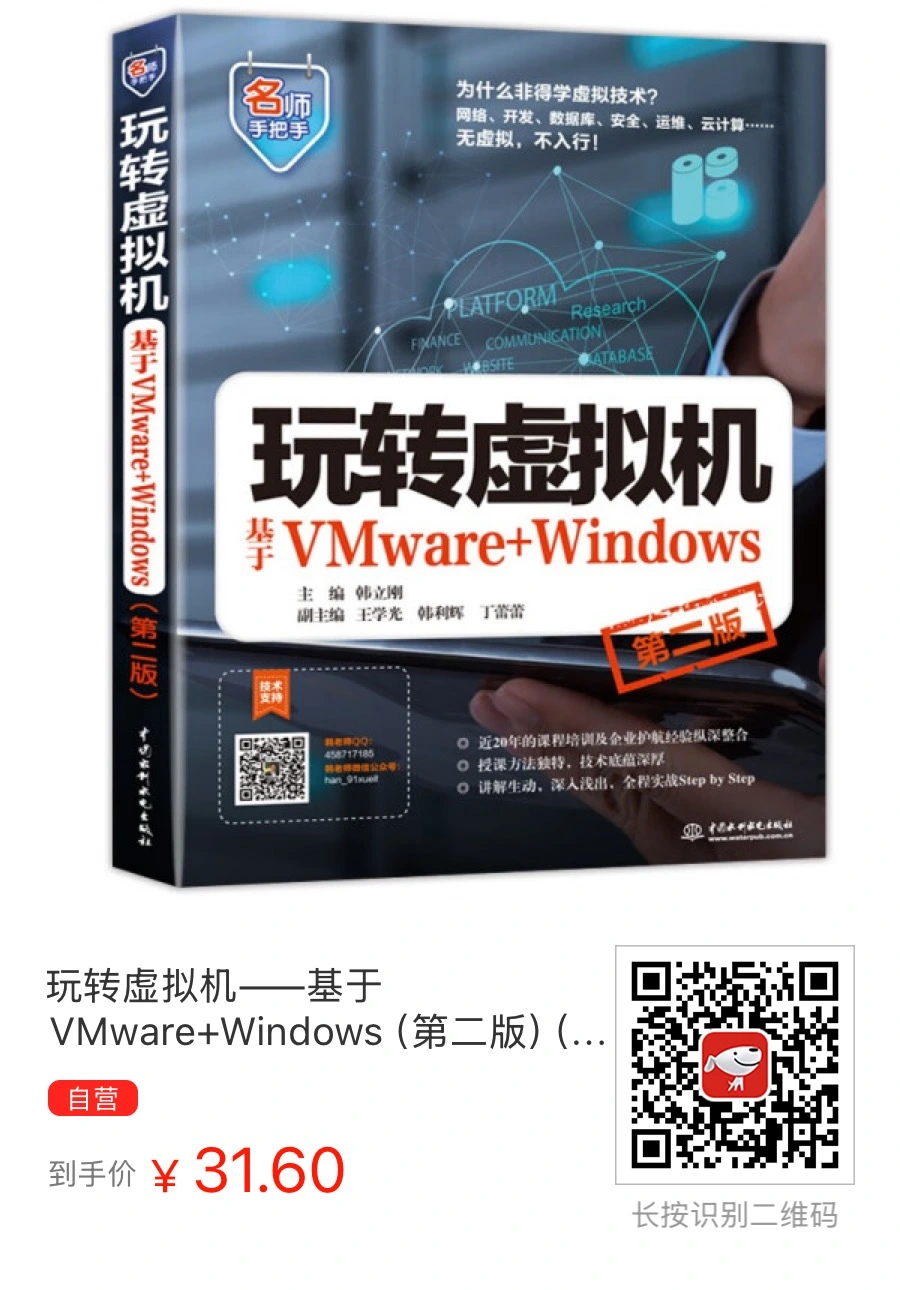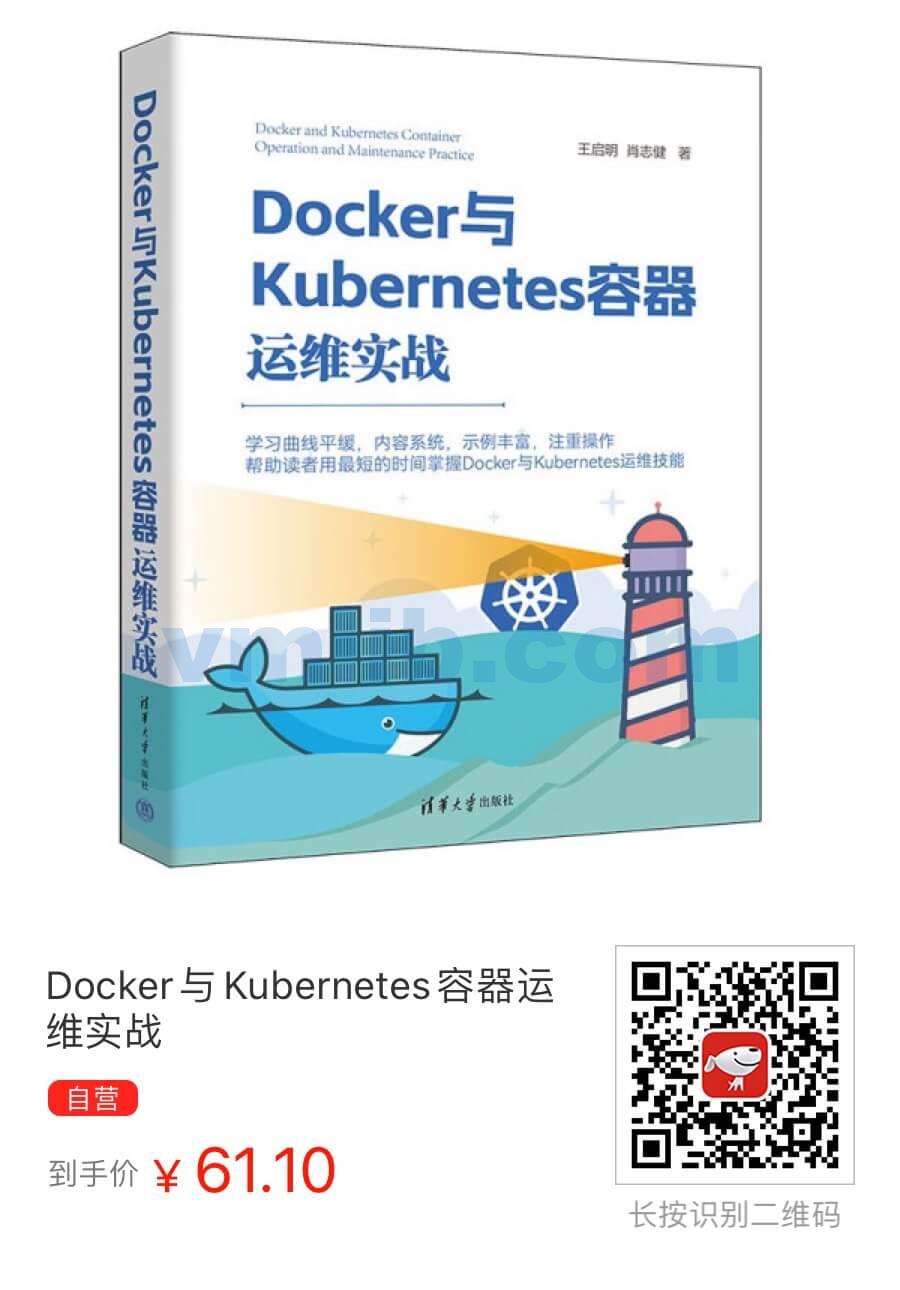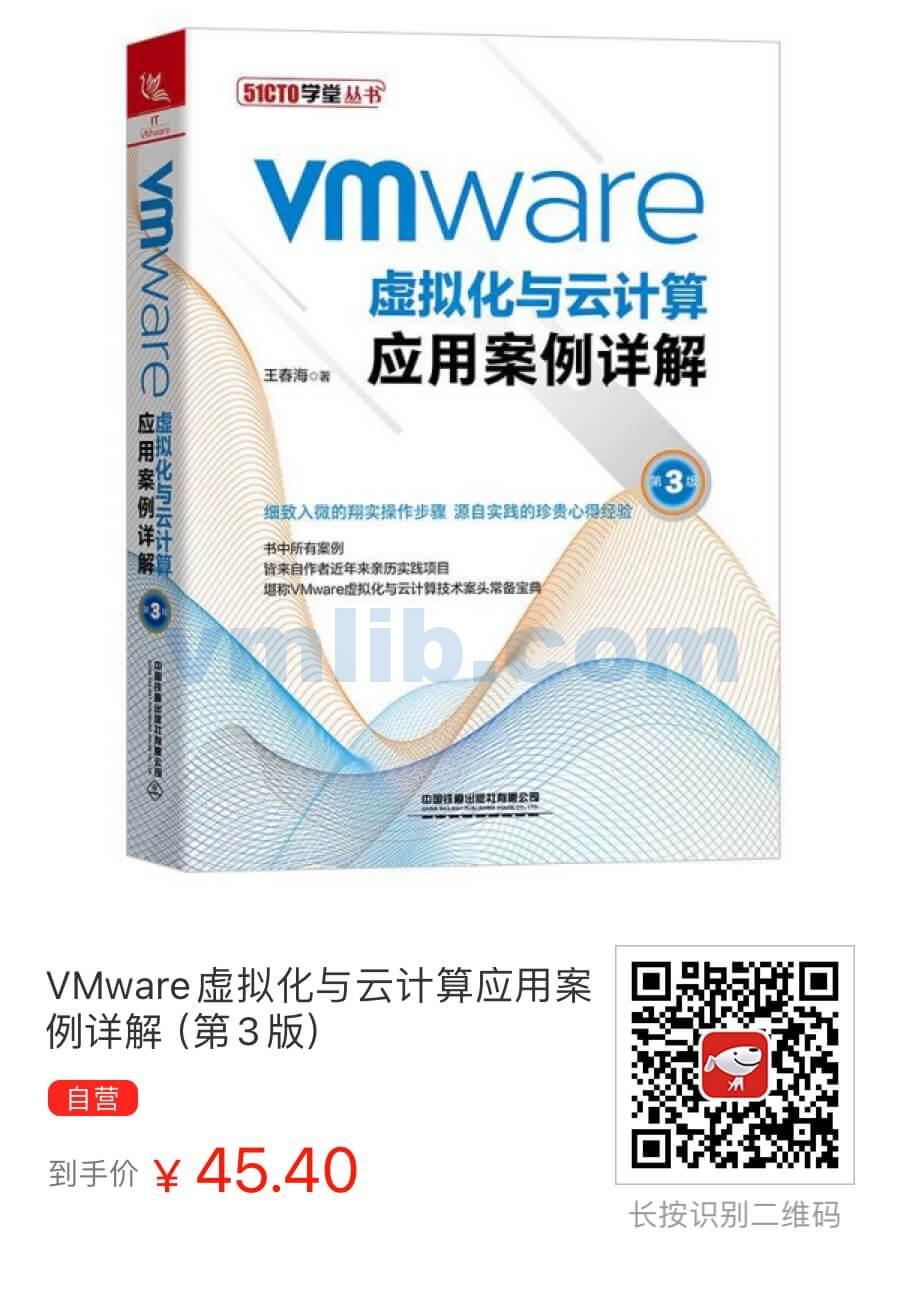To study for VMware HCI Master Specialist Exam | vSAN认证考试题目学习
69. An administrator is discussing the “No Data Migration” vSAN maintenance mode.
In which situation should the administrator recommend this mode?
- A. When the VMs are protected by vSphere Fault Tolerance
- B. When the vSAN host requiring maintenance is a compute node only
- C. When the cluster has three fault domains configured
- D. When objects are configured with FTT=0
Explaination:
The “No Data Migration” maintenance mode in vSAN is recommended in situations where there is no need to migrate data off the host. This mode is typically chosen to minimize the time required for the maintenance task, especially when data migration would be unnecessary or unwarranted. Considering the provided options:
A. When the VMs are protected by vSphere Fault Tolerance: This option doesn’t inherently necessitate “No Data Migration”. Fault Tolerance provides continuous availability for VMs by creating and maintaining a secondary VM that is in lockstep with the primary VM. The maintenance mode choice would depend more on the specific configuration and needs of the vSAN environment rather than the use of Fault Tolerance.
B. When the vSAN host requiring maintenance is a compute node only: This is the most suitable scenario for “No Data Migration”. If the host is a compute-only node, it means it does not contribute storage to the vSAN cluster. Therefore, there would be no data to migrate, making “No Data Migration” the logical choice.
C. When the cluster has three fault domains configured: The number of fault domains in a cluster doesn’t directly dictate the choice of maintenance mode. The decision would depend more on the data redundancy and distribution across these fault domains, rather than the mere existence of multiple fault domains.
D. When objects are configured with FTT=0: FTT (Failure to Tolerate) = 0 means that there are no additional copies of the data. While “No Data Migration” could be considered here since there are no additional copies to move, it’s risky. This configuration implies that if the data is lost or compromised on the host undergoing maintenance, it cannot be recovered. Thus, this is not a recommended scenario for “No Data Migration” unless the data is non-critical or adequately backed up elsewhere.
Based on these analyses, the most appropriate scenario for recommending the “No Data Migration” vSAN maintenance mode is B. When the vSAN host requiring maintenance is a compute node only. This choice minimizes downtime and resource utilization since there is no storage data on the host to be concerned about migrating.
69. 一位管理员正在讨论vSAN维护模式中的“无数据迁移”。
在哪种情况下,管理员应该推荐这种模式?
- A. 当虚拟机受vSphere容错保护时
- B. 当需要维护的vSAN主机仅为计算节点时
- C. 当集群配置了三个故障域时
- D. 当对象配置为FTT=0时
解释:
vSAN中的“无数据迁移”维护模式在不需要将数据迁移出主机的情况下推荐使用。这种模式通常是为了最小化维护任务所需的时间,尤其是当数据迁移是不必要的或无理由的时候。考虑所提供的选项:
A. 当虚拟机受vSphere容错保护时:这个选项本身并不需要“无数据迁移”。容错保护通过创建并维护一个与主虚拟机同步的次级虚拟机,为虚拟机提供持续可用性。维护模式的选择更多地取决于vSAN环境的具体配置和需求,而不是容错保护的使用。
B. 当需要维护的vSAN主机仅为计算节点时:这是“无数据迁移”最合适的场景。如果主机仅是计算节点,意味着它不对vSAN集群提供存储。因此,没有数据需要迁移,使得“无数据迁移”成为合逻辑的选择。
C. 当集群配置了三个故障域时:集群中故障域的数量并不直接决定维护模式的选择。决策更多地依赖于这些故障域中的数据冗余和分布,而不是多个故障域的单纯存在。
D. 当对象配置为FTT=0时:FTT(容错能力)= 0意味着没有额外的数据副本。虽然可以考虑“无数据迁移”,因为没有额外的副本需要移动,但这是有风险的。这种配置意味着如果进行维护的主机上的数据丢失或受损,它不能被恢复。因此,除非数据是非关键的或在其他地方有充分备份,否则这不是一个推荐的“无数据迁移”的场景。
基于这些分析,推荐“无数据迁移”vSAN维护模式的最合适场景是B. 当需要维护的vSAN主机仅为计算节点时。这个选择最大程度地减少了停机时间和资源利用率,因为主机上没有需要担心迁移的存储数据。






 VM技术助理
VM技术助理

